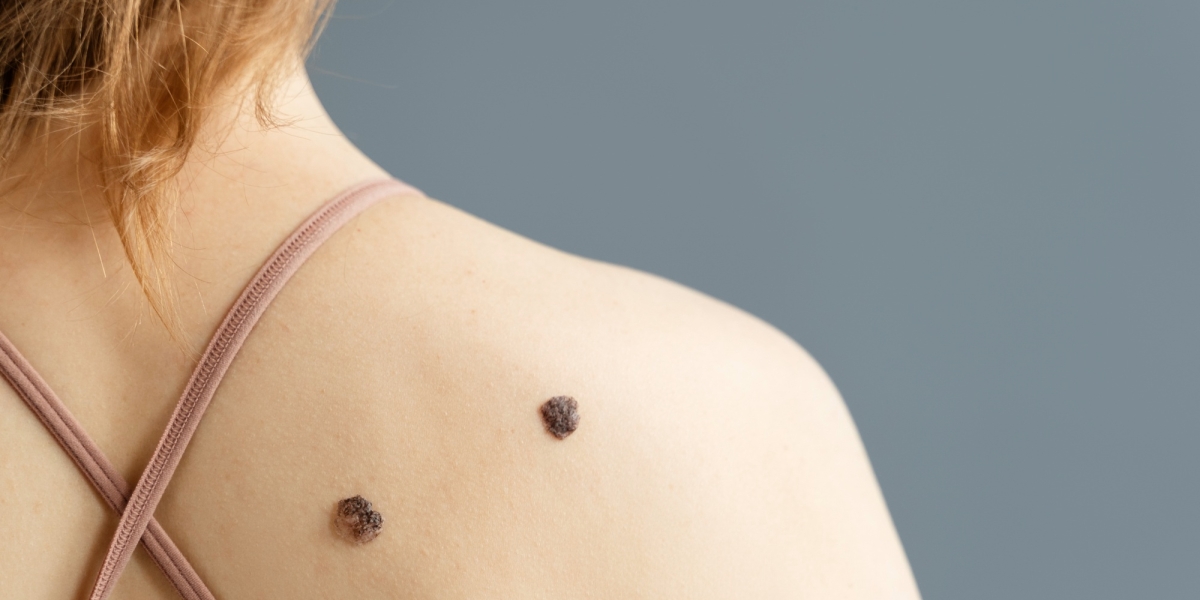Introduction
Moles and warts are common skin growths that, while usually benign, can cause concern due to their appearance or potential for change. Removing these growths can improve cosmetic appearance, alleviate discomfort, or address medical concerns. This guide provides an overview of moles and warts, the reasons for their removal, and the various methods available for their safe and effective removal.
Understanding Moles and Warts
Moles:
Moles, or nevi, are benign growths on the skin that occur when pigment-producing cells (melanocytes) cluster together. They can be flat or raised, and vary in color from pink to brown or black. Moles are typically present from birth or develop during childhood and adolescence. Most moles are harmless, but changes in size, shape, or color can indicate potential skin cancer, necessitating removal and evaluation.
Warts:
Warts are benign growths caused by human papillomavirus (HPV) infection. They appear as small, rough bumps on the skin and can occur anywhere on the body. Warts are contagious and can spread through direct contact or by touching contaminated surfaces. Types of warts include common warts, plantar warts (on the feet), and flat warts.
Reasons for Removal
Mole Removal:
- Cosmetic Concerns: Moles on visible areas of the body may be removed for aesthetic reasons.
- Medical Reasons: Changes in a mole’s appearance, such as asymmetry, irregular borders, color variations, or rapid growth, can be a sign of skin cancer, such as melanoma. Removal for biopsy can help in early diagnosis and treatment.
- Discomfort: Moles that are frequently irritated or caught on clothing or jewelry may need to be removed for comfort.
Wart Removal:
- Cosmetic Reasons: Warts can be unsightly and removing them can improve appearance.
- Discomfort: Some warts, especially plantar warts, can be painful or cause discomfort, making removal necessary.
- Spread: Warts can spread to other areas of the body or to other people, so removal can help prevent further spread.
- Persistent Warts: Warts that do not respond to over-the-counter treatments may require professional intervention.
Methods of Removal
Mole Removal:
- Excisional Surgery: The mole is cut out along with a margin of surrounding skin. This method is often used for larger or suspicious moles and provides tissue for biopsy.
- Shave Removal: The mole is shaved off at the surface of the skin using a small blade. This method is typically used for smaller, non-suspicious moles.
- Laser Removal: A laser targets the pigmented cells in the mole, causing it to fade or disappear. This method is less invasive but may not be suitable for all types of moles.
- Cryotherapy: Liquid nitrogen is applied to freeze and destroy the mole. This method is less commonly used for moles but can be effective for superficial lesions.
Wart Removal:
- Cryotherapy: Liquid nitrogen is applied to freeze the wart, causing it to fall off after a few days. This method is commonly used for warts and is effective for many types.
- Electrosurgery: An electric current is used to burn off the wart. This method is effective for warts that are resistant to other treatments.
- Laser Therapy: A laser targets the wart tissue, causing it to vaporize. This method is useful for warts that do not respond to other treatments.
- Salicylic Acid: This over-the-counter treatment involves applying a solution that gradually dissolves the wart. It is commonly used for common warts and plantar warts.
- Immunotherapy: This treatment involves using topical agents or injections to stimulate the immune system to fight the wart virus. It is often used for warts that are difficult to treat with other methods.
Aftercare and Prevention
Mole Removal:
- Aftercare: Follow the dermatologist’s instructions for wound care, including keeping the area clean and applying prescribed ointments. Watch for signs of infection or unusual changes and follow up as needed.
- Prevention: Regular skin checks and sun protection can help reduce the risk of developing new moles or skin cancer.
Wart Removal:
- Aftercare: Keep the area clean and dry. Avoid picking at the treated area and follow any specific aftercare instructions provided by your healthcare provider.
- Prevention: Avoid direct contact with warts and maintain good hygiene to prevent the spread of HPV. Use antifungal socks or footwear if you have plantar warts.
Conclusion
Mole and wart removal are common procedures with various methods available depending on the type, location, and underlying concerns. Consulting with a healthcare provider or dermatologist can help determine the most appropriate treatment based on individual needs and ensure safe and effective removal. Proper aftercare and preventive measures can contribute to optimal results and overall skin health.
